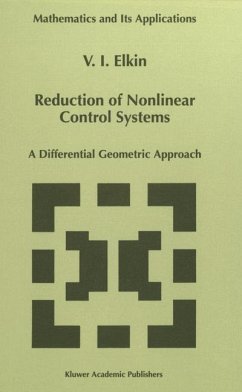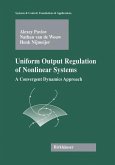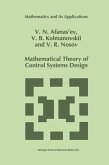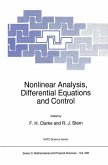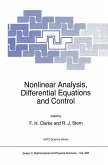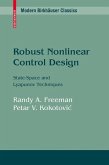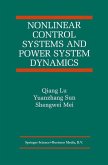Advances in science and technology necessitate the use of increasingly-complicated dynamic control processes. Undoubtedly, sophisticated mathematical models are also concurrently elaborated for these processes. In particular, linear dynamic control systems iJ = Ay + Bu, y E M C ]Rn, U E ]RT, (1) where A and B are constants, are often abandoned in favor of nonlinear dynamic control systems (2) which, in addition, contain a large number of equations. The solution of problems for multidimensional nonlinear control systems en counters serious difficulties, which are both mathematical and technical in nature. Therefore it is imperative to develop methods of reduction of nonlinear systems to a simpler form, for example, decomposition into systems of lesser dimension. Approaches to reduction are diverse, in particular, techniques based on approxi mation methods. In this monograph, we elaborate the most natural and obvious (in our opinion) approach, which is essentially inherent in any theory of math ematical entities, for instance, in the theory of linear spaces, theory of groups, etc. Reduction in our interpretation is based on assigning to the initial object an isomorphic object, a quotient object, and a subobject. In the theory of linear spaces, for instance, reduction consists in reducing to an isomorphic linear space, quotient space, and subspace. Strictly speaking, the exposition of any mathemat ical theory essentially begins with the introduction of these reduced objects and determination of their basic properties in relation to the initial object.

